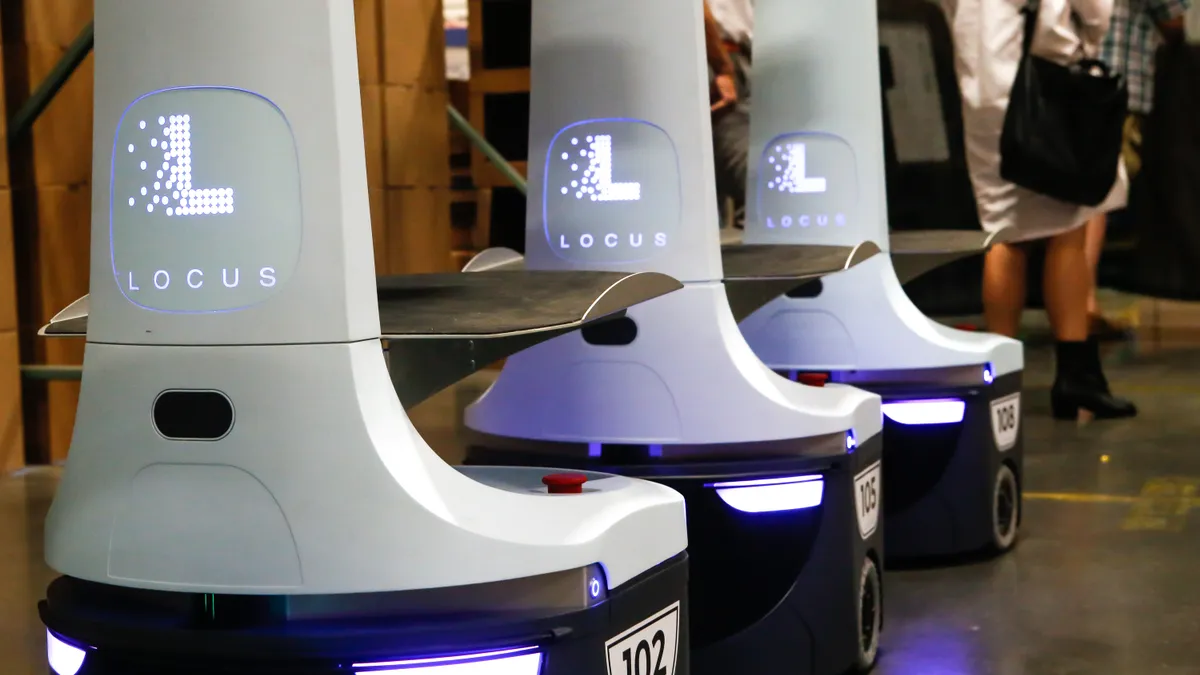Dive Brief:
- The second version of the Powerwall, Tesla's home battery, will be released this summer, CEO Elon Musk announced at an event in Paris on Friday.
- While Musk did not detail any changes to the home battery product, multiple outlets report that the new offering could use batteries produced in the company's Gigafactory.
- Demand for the Tesla batteries has surged since the launch of Powerwall and Powerpack — a grid-scale battery — in April 2015. In August, Musk wrote to shareholders that the company had taken reservations for over $1 billion in battery sales, selling out its inventory until mid-2016.
Dive Insight:
The news of a new version of the Tesla Powerwall came in the form of a video posted Feb. 1 showing CEO Elon Musk answering questions from Tesla vehicle owners at a private event in Paris, France on Jan. 29.
“We are coming out with the version 2 of the Powerwall probably around July or August of this year, which will see further step changes in capabilities," Musk said.
The CEO said there would be "moderate improvements" to the technology, but did not elaborate further, saying at the outset of the Q&A session that he was trying to avoid "some silly news headline."
The new batteries are likely to have a slightly longer lifecycle and will be constructed at Tesla's gigafactory in Nevada, TechRadar reports, but no media outlet has been able to confirm further details about the coming version of the Powerwall.
In the third quarter of 2015, Tesla began production of its batteries at a factory in Freemont, Calif., with the aim of shifting long-term production to its Gigafactory. Demand for the stationary batteries grew so quickly, however, that the company relocated production to an automated assembly line at the Gigafactory in the fourth quarter.
Tesla's April 2015 announcement of the first versions of the Powerwall and Powerpack batteries is often referred to as the moment that energy storage "went mainstream" in the U.S., sparking widespread interest in the technology inside the utility sector and beyond. The Tesla announcement was followed by the entry of competitors into the residential storage space like Orison and Sonnen, both of which recently announced residential storage offerings of their own in the United States.
For utilities, emerging residential storage options like those offered by Tesla, Orison and Sonnen have the potential to result in load defection as consumers adopt them more widely. But they also present an opportunity for utilities to aggregate customer-sited resources for demand management and renewable energy integration, as well as the chance to earn new revenues from deploying storage as a utility or through partnerships with vendors.













